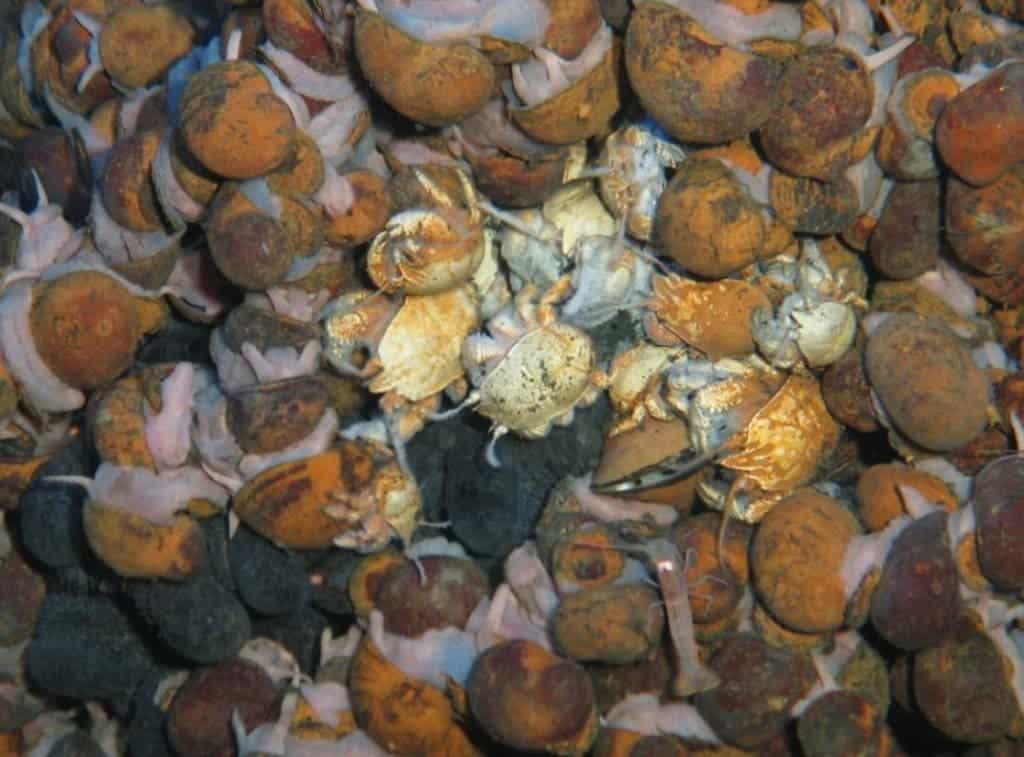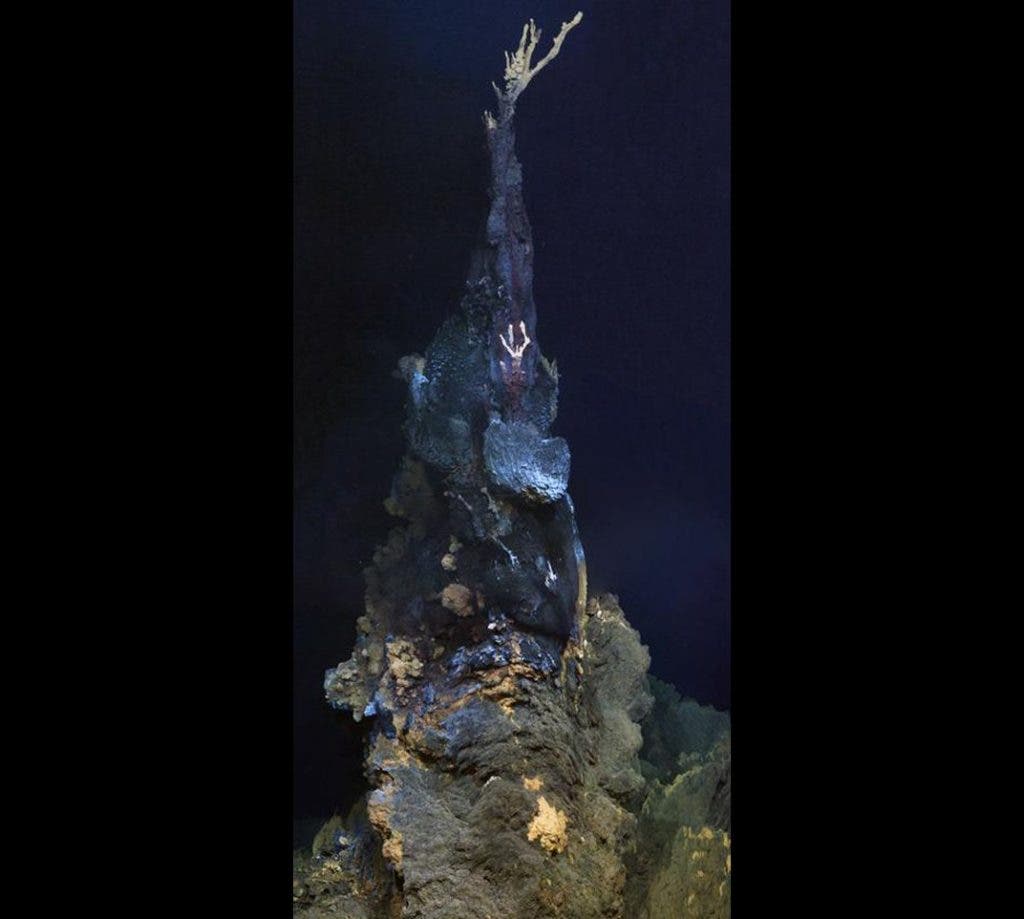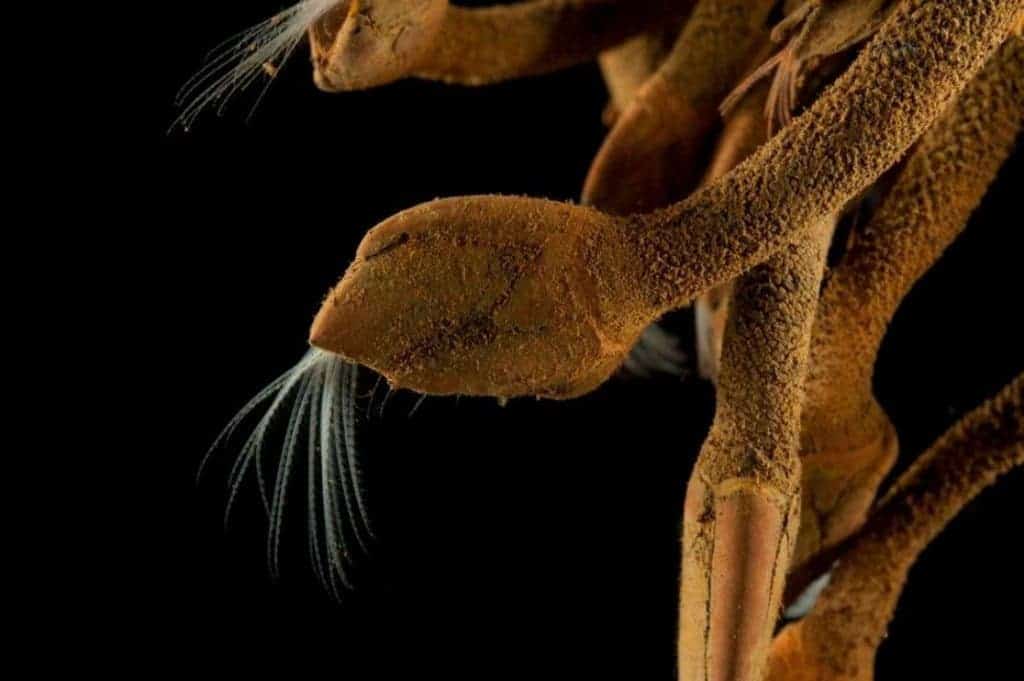Scientists working in the southwest Indian Ocean have described six new bizarre deep-sea creatures — unfortunately, in an area slated for mining operations.

In 2009, researchers from the University of Southampton used a robotic submersible known as a remotely operated vehicle (ROV) to explore an area about the size of a football field, on the bottom of the sea, around a place called Longqi (‘Dragon’s Breath’), 2000 kilometres southeast of Madagascar. There, they found more than a dozen mineral spires known as ‘vent chimneys’. Now, these vent chimneys have long been associated some of the world’s oddest and most bizarre creatures so biologists were expecting to find something spectacular – and they did. At least six new species have been discovered, including a kind of hairy-chested crab, two species of snail, and new species of limpet, a scaleworm, and a deep-sea worm.
“We can be certain that the new species we’ve found also live elsewhere in the southwest Indian Ocean, as they will have migrated here from other sites, but at the moment no one really knows where, or how well-connected their populations are with those at Longqi,” study leader Jon Copley says in a statement.

The team, which includes researchers at the Natural History Museum in London and Newcastle University, carried out genetic comparisons with other species to prove that they are new to science. They also found several other studies, including two species which have been previously discovered in completely different parts of the world: a species of scaleworm which lives at vents on the East Scotia Ridge in the Antarctic, 6,000 kilometres away, and a species of ragworm which was previously at vents in the eastern Pacific, more than 10,000 km away. We don’t know exactly how these creatures spread so far away.
“Finding these two species at Longqi shows that some vent animals may be more widely distributed across the oceans than we realised,” added Dr Copley.
However, these spires, many of which rise more than two storeys above the seabed are also rich in gold and copper, attracting the interest of miners. In fact, the area where these creatures were found was already licensed for mining operations. Copley argues that the area needs to be better studied before such operations can commence:
“Our results highlight the need to explore other hydrothermal vents in the southwest Indian Ocean and investigate the connectivity of their populations, before any impacts from mineral exploration activities and future deep-sea mining can be assessed,” Copley says in a statement.

However, he too acknowledges that the odds of dissuading the miners from starting operations are very small. The underwater mining industry is expected to grow significantly in future years, and sites like these seem simply doomed – along with the creatures which inhabit them.
Journal Reference: J. T. Copley, L. Marsh, A. G. Glover, V. Hühnerbach, V. E. Nye, W. D. K. Reid, C. J. Sweeting, B. D. Wigham & H. Wiklund. Ecology and biogeography of megafauna and macrofauna at the first known deep-sea hydrothermal vents on the ultraslow-spreading Southwest Indian Ridge. Scientific Reports 6, Article number: 39158 (2016) doi:10.1038/srep39158






